The achievement of a burning plasma state on November 2020 and February 2021 at the National Ignition Facility (NIF) is described in a paper in Nature.
Science and Technology Highlights
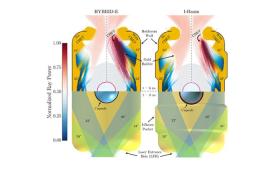
The target and laser designs that achieved a burning plasma state on November 2020 and February 2021 at the National Ignition Facility are described in a Nature paper.
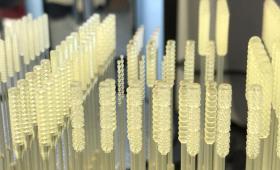
The Laboratory's work on consumables for COVID-19 testing was highlighted in a recent special issue of the Materials Research Society (MRS) Bulletin.
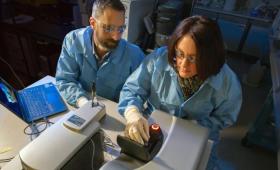
Livermore and three other institutions are seeking to develop a multi-pathogen vaccine that will protect against three bacterial biothreat pathogens.
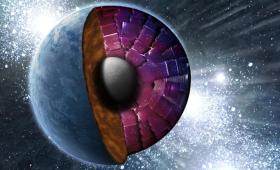
Researchers have experimentally determined the high-pressure melting curve and structural properties of pure iron up to nearly 10,000,000 atmospheres.

NASA has approved the Pandora mission, co-led by the Goddard Space Flight Center and Livermore.
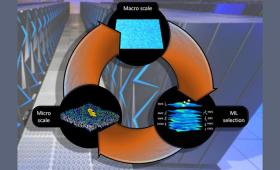
A multi-institutional team has developed a multiscale model revealing the importance of lipids to the signaling dynamics of RAS, a family of proteins whose mutations are linked to many cancers.

Wildfires and prescribed burns, which can promote soil organic matter stability, may be an important nature-based climate solution to increase long-term carbon storage.
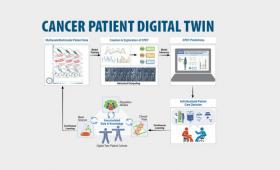
A multi-institutional team has proposed a framework for digital twin models of cancer patients.
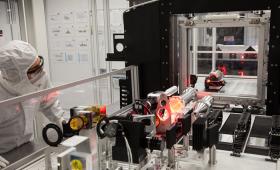
NIF’s lasers delivered slightly more than the requested 1.9 megajoules (MJ) of laser energy at 440 terawatts of peak power for the shot that produced a historic 1.35 megajoules of fusion energy.


